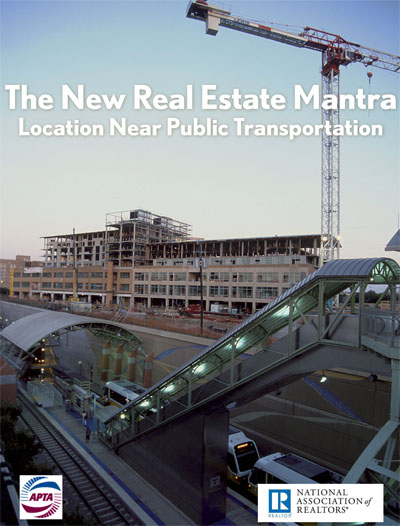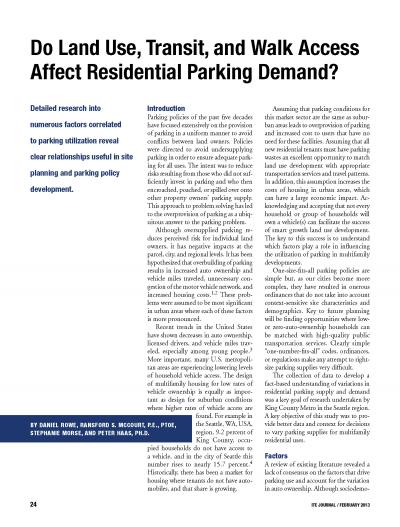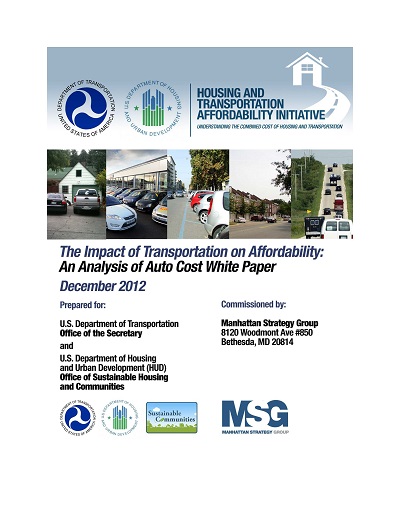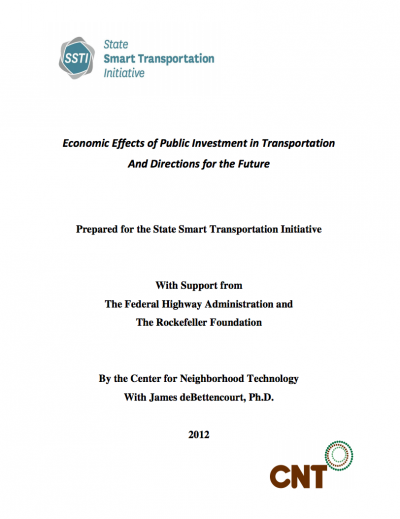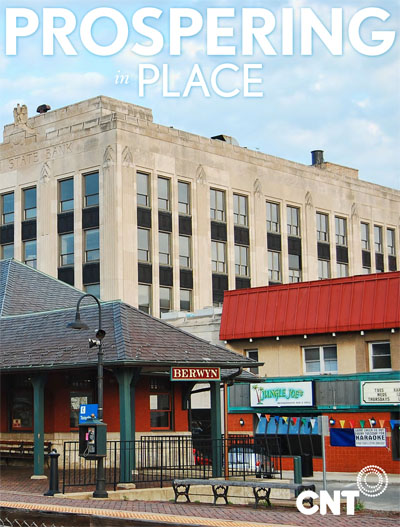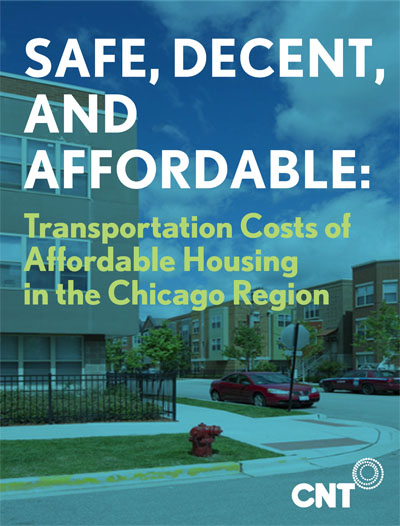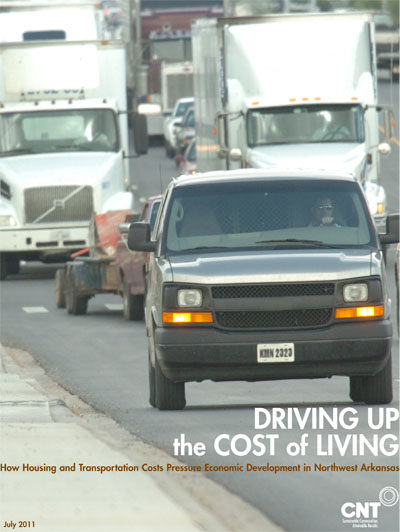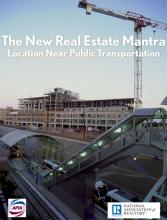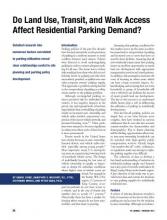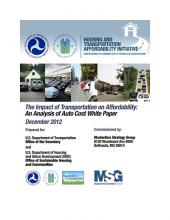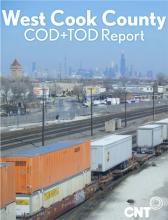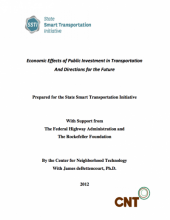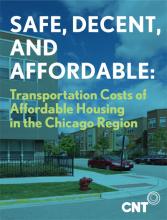We developed a model that relates spatial and household variables to auto ownership, auto use, and transit use. This paper focuses on the multi-dimensional regression analysis used to relate the independent spatial variables (household density, block size, access to transit...Read more
Our Work
Topic: Transportation
Displaying 91 - 100 of 130Publication
topics: Equitable Transit Oriented Development, Transportation
We developed a model that relates spatial and household variables to auto ownership, auto use, and transit use. This paper focuses on the multi-dimensional regression analysis used to relate the independent spatial variables (household density, block size, access to transit and employment, among...
Publication
topics: Equitable Transit Oriented Development, Transportation
Residential real estate sales prices for properties located near transit are healthier and more resilient than in the broader metropolitan region. That’s the conclusion of this report, written by CNT and commissioned by the American Public Transportation Association (APTA) and the National...
Publication
topics: Equitable Transit Oriented Development, Parking Utilization, Transportation
As part of the Right Size Parking project in King County, Washington, we collected of data to develop a fact-based understanding of variations in residential parking supply and demand. A key objective of this study was to provide better data and context for decisions to vary parking supplies for...
Publication
topics: Climate, Energy, Equitable Transit Oriented Development, Sustainable Economic Development, Transportation
This December 2012 paper calculates expenditures on a variety of costs of car ownership from the 2006-2010 waves of the Consumer Expenditure Survey (CEX). The Consumer Expenditure Survey is conducted by the Bureau of Labor Statistics (BLS) and tracks the expenditure patterns of a representative set...
Publication
topics: Cargo-Oriented Development, Equitable Transit Oriented Development, Sustainable Economic Development, Transportation
Report lays out two interconnected strategies (cargo-oriented development and transit-oriented development) to generate economic development and preserve natural resources in the western suburbs of Cook County. Together, these strategies can be harnessed to mitigate suburban sprawl and take cars...
Publication
topics: Equitable Transit Oriented Development, Housing, Transportation
Report draws the latest five-year data from the American Communities Survey and finds that for the average family in the 25 largest U.S. metro areas, any income gains made in the last decade have been erased—and then some—by the skyrocketing cost burden of housing and transportation combined.
Publication
topics: Cargo-Oriented Development, Equitable Transit Oriented Development, Sustainable Economic Development, Transportation
This report, written by CNT for the State Smart Transportation Initiative (SSTI), examines current economic analysis practices in state Departments of Transportation (DOTs) through examples in nine state transportation agencies and an extensive literature review. For additional understanding of the...
Publication
topics: Cargo-Oriented Development, Equitable Transit Oriented Development, Sustainable Economic Development, Transportation
A call to action that embraces the goals of the Chicago region’s GO TO 2040 plan and translates them into a place-based blueprint for prosperity. It shows how to restore location efficiency and create new jobs and economic vitality based on the region’s unique assets and advantages.
Publication
topics: Equitable Transit Oriented Development, Housing, Transportation
CNT applied the H+T Index to 248 multifamily properties financed by the Illinois Housing Development Authority (IHDA) from 2001-2008 in the Chicago region. The study reveals the average transportation costs in these locations and measures the degree to which residents enjoyed access to local...
Publication
topics: Equitable Transit Oriented Development, Housing, Sustainable Economic Development, Transportation
This report examines the state of housing, transportation, and job access in Northwest Arkansas, which includes the four core cities of Bentonville, Fayetteville, Springdale, and Rogers. The analysis is supplemented by findings from 23 interviews of business leaders, elected officials, municipal...



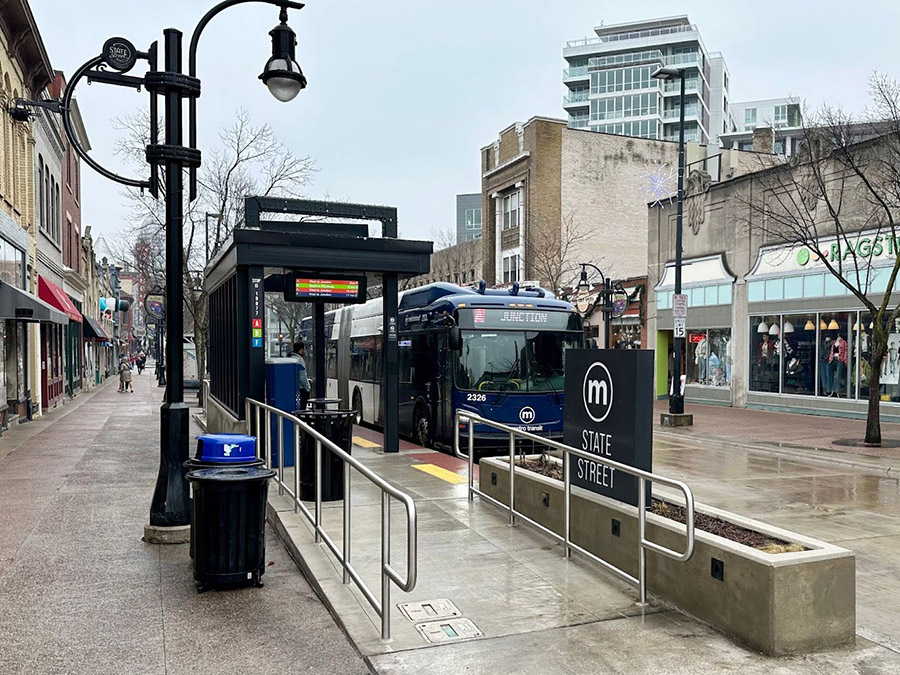

 Strengthening Transit Through Community Partnerships
Strengthening Transit Through Community Partnerships
